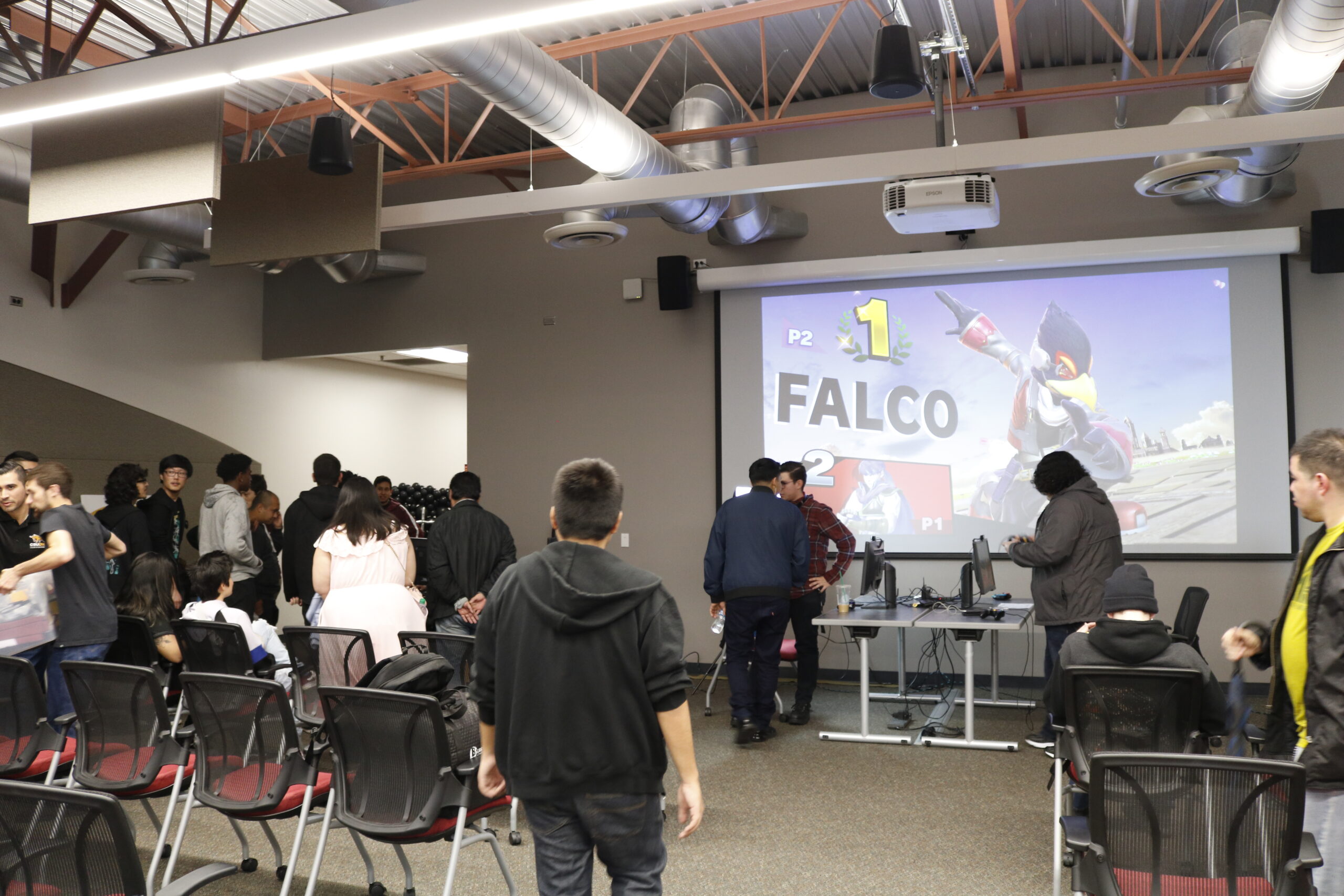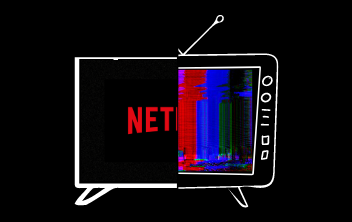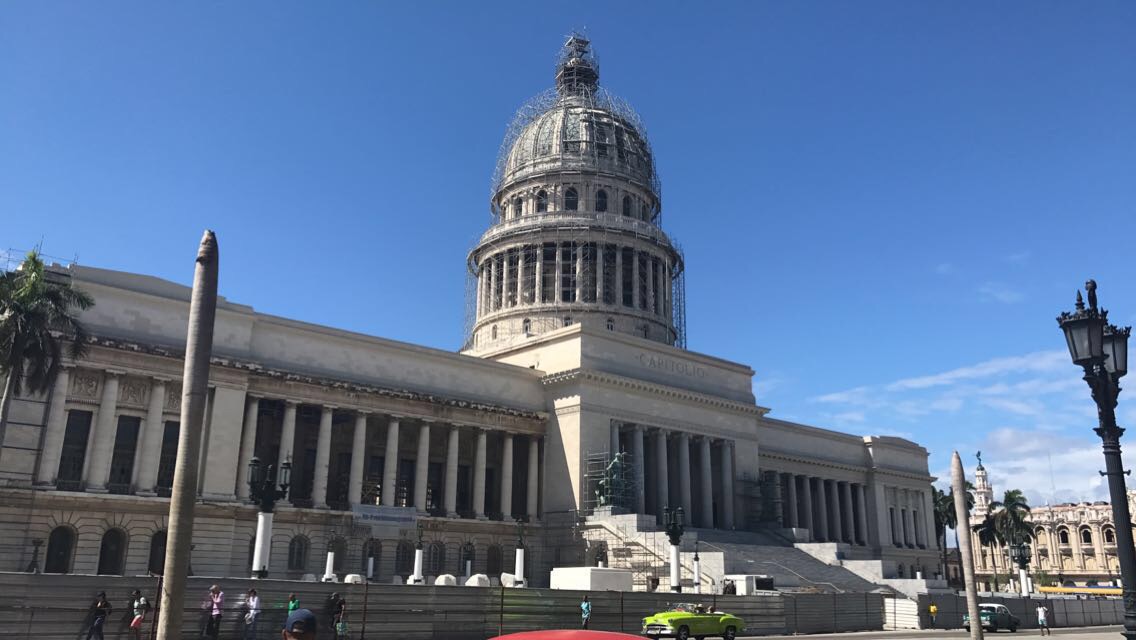By: Brenda Fernanda Verano
“Three queens. Three cultural centers. Head to head, whose crew will win?,” was the subject line of a three-hour event at CSUDH. With glamorous wigs, captivating outfits, fake lashes and bright lipstick, the drag queens owned the Drag Show Battle. Tara Nova represented the Toro Dreamers Success Resource Center, whose services focus on supporting and advocating for undocumented students on campus. Sir Ava represented the Rose Black Resource Center, whose services are rooted in striving to recognize and uplift the engagement of black students, staff and faculty. Torta Jugosa a CSUDH alum from the class of 2019 was the drag queen representing the Queer Culture and Resources Center, a center focused on providing resources, as well as development opportunities for the LGTBQIA2+ community on campus.
The performance art of Drag, was an experience that was available for the very first time at the Dominguez Hills campus, through a “Drag Show Battle,”on Oct. 25.
Students, non-students and community were able to attend this free event in the school’s Palm Courtyard, from 5 p.m. to 8 p.m.
The event was organized by the Toro Dreamers Success Resource Center (TDSC), Rose Black Resource Center (RBRC) and the Queer Culture and Resources Center (QCRC), with the help and collaboration of The Associated Student Incorporation. Each of the three centers was represented by their own drag queen whose goal was to put on the best performance possible for their corresponding center.
Ana Miriam Barragan, coordinator of the TDSC, said that collaborations between different centers are not common. “The event is a competition, but it’s also about unity, some of us are different, but face similar struggles, this is why I reached out to my comrades,” Barragan said.
The performance art of drag dates back to ancient Greek theater and can be found throughout the Shakespearian era and in 18th century operas. However until recently modern interpretations of the art have been met with intolerance and bigotry directed towards those of the LGBTQIA+ and drag community. “It feels really good and comforting that we are able to safely participate in a drag show that historically were heavily persecuted.” student Alex Romero said.
The Drag Queen competition initiated with a traditional lip singing contest, full of cheers, money blowing, and dance splits. Torta Jugosa was the first queen to take the stage, performing In my House, an 80’s classic by The Mary Jane Girls. Throughout the night the queens performed popular songs like Funky Town by Lipps Inc, I Will Survive by Gloria Gaynor, Bidi Bidi Bom Bom by Selena and a variety of other songs by pop singers Kesha and Billy Porter. “The lip singing was my favorite part, these ladies know how to celebrate a culture of LGTBQ and diversity, … I was inspired to be myself and I was inspired to let everyone know they could be themselves, especially on campus,” freshman Emmanuel Kelechi said.
The second portion of the evening focused on engaging the very excited audience through humor, knowledge and unity. Tara Nova initiated this part of the competition by asking six volunteers to put a condom on a banana as fast as they could. Torta Jugosa followed by engaging the audience in a trivia-like game, where in partners each team had to match the LGTBQIA2+ educational terms with its corresponding definition, winners got $10 gift cards to AMC theaters. Sir Nova engaged the audience by inviting all of those whose birthdays fall in October onto the stage, while inviting the rest of the audience to sing Happy Birthday, “[A] traditional component, done in many Drag Shows,” Nova said.
After the queens last performance and final remarks, came the final vote. A full house, music and loud cheering was essential to closing the night in the best way. The voting method was traditional, the queen with the loudest cheers from the audience would win. Although the method was traditional, it was hard to pick a winner, the cheering sounded very similar for all three queens. After two tries and one practice run the final winner was announced. Torta Jugosa representative for the QCRC was the winner of the 2019 Dominguez Hills Drag Show Battle. Jugosa donated all of the tips she had acquired in her performances back to the QCRC.
“It feels amazing to come back doing my art, in a campus that’s inclusive and where I learned who I was,” Jugosa said. Oct. 2, marked her one year anniversary of doing drag.
Karama Blackhorn, coordinator of the Queer Culture and Resources Center- winners of the Drag Show Battle- was very happy with the event turnout. “We had people we had never seen before, a lot of new faces, people of all ages, people that brought their kids and parents, counselors and teachers, it was an amazing success!” Blackhorn said. When asked if Dominguez Hills would experience a second Drag show battle, she added, “If we get funded, ASI really helped fund this event, that means students paid for it, if students want to see this again I’m sure we will.”
Although her resource center did not win, Catherine Jermany coordinator of the Rose Black Resource Center said, “We envisioned each community coming out, showing unity- that we are all one family, queer folks, black folks, undocumented folks, we are all one.” The Drag Show Battle of 2019 was rooted in the commitment to unity across campus. It took one day, three queens and three hours for the CSUDH community to witness of the three center’s vision for unity.


